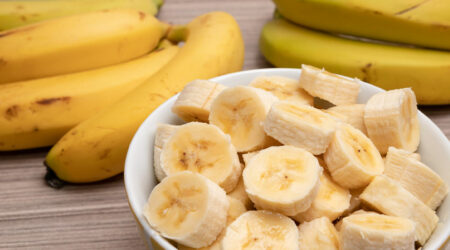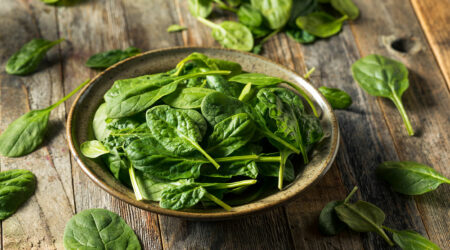
7 Foods to Avoid When Managing Arthritis
Arthritis is a chronic condition that leads to the stiffening of joints and surrounding tissues, causing severe pain and movement issues in the affected areas. Prescription treatment and physical therapy are the recommended course of action for dealing with arthritis pain. However, changes in eating habits can aid treatment and relieve the discomfort to an extent. An arthritis-friendly meal plan consists of nutrient-rich, anti-inflammatory foods and is free from highly processed snacks that worsen symptoms. Arthritis and nutrition There are many types of arthritis, including gout, rheumatoid arthritis, psoriatic arthritis, and osteoarthritis. Although they can cause different symptoms, all forms of the condition are caused by inflammation, leading to pain and joint stiffness. There is no cure for the condition, so doctors focus on a combination of prescription treatment, physical therapy, exercise, lifestyle changes, and food choices. Although nutrition alone cannot cure or relieve arthritis, a good food plan can help manage the symptoms. Here, the ideal food regimen should focus on providing adequate nutrition and maintaining regular body mass. High BMI results in additional pressure on the joints, causing pain and stiffness, directly increasing the dependency on prescriptions. Doctors recommend a plant-based meal plan with fruits and vegetables, omega-3 fats, lean proteins, whole grains, and healthy fats as the best option for dealing with the condition. On the contrary, a food regimen rich in red meat and processed meats can worsen arthritis symptoms. Such foods can trigger inflammation, weaken immunity, increase BMI score, and worsen symptoms. The effect of foods on symptoms can vary from one person to another. So, one should maintain a food journal and keep track of changes in symptoms based on food intake. This can help one identify foods that aggravate pain and discomfort. Foods to avoid While one should opt for a balanced meal plan, they should avoid food that can increase body mass and does not offer any nutritional value or health benefits.
Read More 









